There is an old Chinese saying called: rest easy.
Tiger head pillow, millet pillow… The baby in the belly has not yet been born, and many families have already prepared various pillows for the baby early.
The ideal is plump and the reality is bony. The baby’s little head rests on the pillow and will soon deviate from the [channel], making people anxious:
Will Eva feel uncomfortable without sleeping on the pillow?
Will your head sleep flat without pillows?
Does the baby need a pillow? When is the best time to use pillows? Pediatrician Kong Lingkai replied like this:
Pillows are not recommended under 1 year old.
Has it subverted the traditional cognition? ! Let’s take a closer look at what is going on.
From the perspective of development, pillows are not needed within 1 year old.
[We all have neck pain when we don’t sleep on pillows. Won’t we feel uncomfortable when we don’t need them? ]
First, let’s understand why adults feel comfortable with pillows.
The cervical vertebra curvature of adults is convex forward, and there is a gap between lying down and the bed surface:
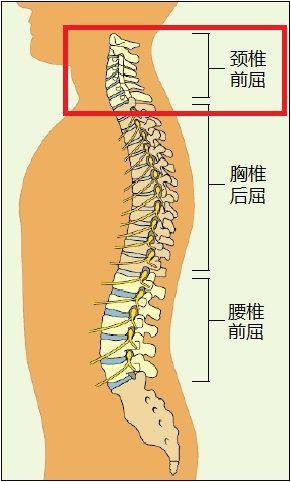
The pillow is like a building block, filled in this gap, so when sleeping, the neck and back muscles are relaxed, and sleeping will naturally be comfortable.
But babies are different from adults.
When the baby is in the mother’s belly, it is always curled up, and the whole spine is a backward curved C-shape.
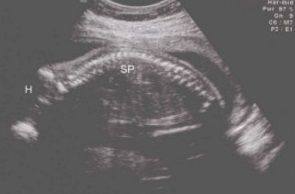
After the baby is born, the spine is still C-shaped. When lying flat, the spine and cervical spine are in the same plane. At this time, a pillow must be stuffed in, which will not only make the baby uncomfortable, but also prevent the baby from breathing smoothly.

The neck curvature will not form until the baby is able to look up from March to April, but this does not mean that pillows are needed.
You see, the neck curvature is [alive] and gradually changes, while the pillow is [dead] and the thickness remains unchanged. It is hard to force the baby to use the pillow.
The child’s neck curvature cannot be fixed by ligaments until he is about 6 ~ 7 years old. Before it is completely fixed, if the child does not like it, there is no need to force it and pillows are not necessary.
From a safety point of view, pillows are not recommended under 1 year old.
It is not recommended for babies under 1 year old to use pillows, but also for safety reasons-to prevent sudden death.
What? Can you die suddenly with a pillow?
It is.
I have to mention [Sudden Infant Death Syndrome (SIDS)] here. SIDS refers to the sudden death of infants within one year old of unknown causes. It mostly occurs at night and is closely related to sleep.
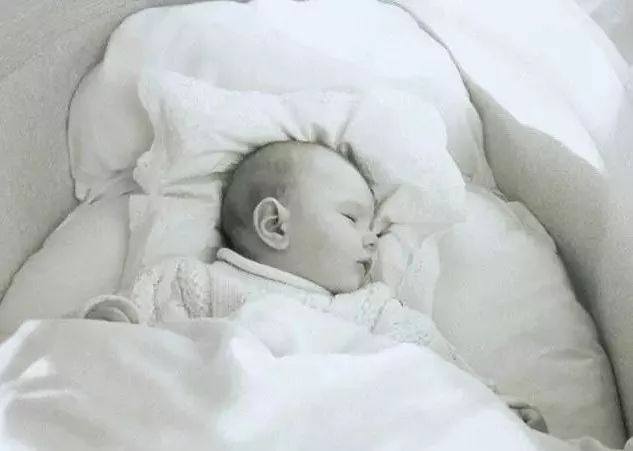
In the United States in 2015, nearly 1,600 infants died of SIDS, with an incidence rate of 39.4/100,000.
Studies have found that the use of pillows, blankets, etc. will increase the risk of SIDS to 5 times.
If the child falls asleep on the surface of soft objects such as pillows and blankets, the risk will increase to 21 times.

Soft objects on the bed will cover the child’s nose and mouth, or wrap around the child’s neck, causing suffocation and even death of the baby.
This kind of situation is most common among babies aged 2-4 months, because the child has just learned to turn over.
If the baby’s face turns into pillows and cannot be removed, his nose and mouth are covered, and danger may occur.
The baby is too young to call for help. It is too late to wait until parents find out.
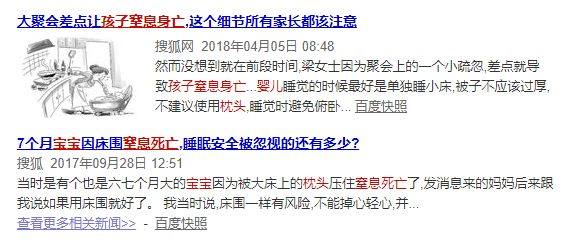
The American Academy of Pediatrics (AAP) made it clear in its 2016 recommendations on infant sleep and safety that pillows should be avoided within one year old in order to reduce sudden infant death syndrome.
Worried about the child’s sleep, do not worry about 4 o’clock
Many parents will worry that without pillows, what can Eva do if she sleeps into an ugly big flat head? This will affect Yan’s value!
Most of the head deviation caused by sleep posture is slight. As the child grows, it can slowly [oblong], while after the child grows hair, slight asymmetry is completely invisible.

If the baby’s head deviation is very severe, resulting in different sizes and positions of the child’s eyes and forward movement of the ear position, it is not recommended to adjust by oneself. Corrective treatment will only be carried out after a doctor has made a clear assessment.
For slight deflection, these four moves can effectively help adjust:
Step 1 Sleep on your back at night
Let the baby sleep on his back with his face facing the left or right, and change his posture regularly, so that the back of the baby’s head will not be pressed and will slowly bulge with development.
2. Stay prone during the day
When waking up during the day, let the child lie prone and less, thus reducing the pressure on the back of the head and slowly improving the flat head.
In addition to letting children lie in bed less, they should also reduce the time they spend lying in cradle chairs and car safety seats.
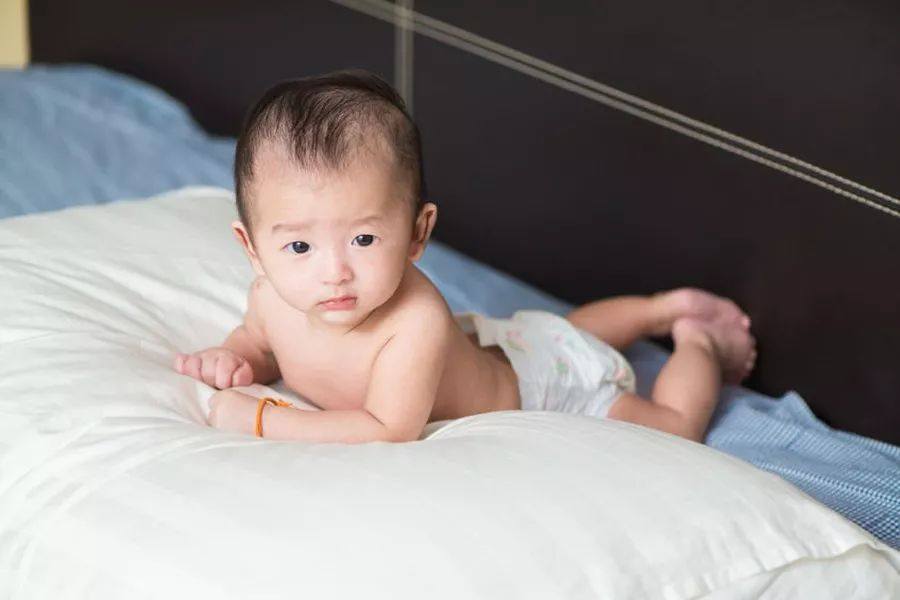
3. Adjust the sleeping posture of your face
Some children are inclined to their heads because they like to face their parents when they sleep and feel at ease. In this case, the mother can change the sleeping position and sleep on the other side of the baby, and can also let the baby change the direction towards their parents to [neutralize] the next.
4. Switch between baby holding and nursing postures
When nursing and holding the child, don’t always hold it with one arm, change the arm frequently, so as to balance the time when the arm presses the child’s head and achieve the goal of correcting the deviation of the head.
Parents need to be reminded not to use stereotyped pillows or similar [sleep posture fixers] for their children.
If sleeping pillows have the risk of sudden death, the risk of suffocation caused by shaped pillows is equivalent to [100 times] of ordinary pillows.
The product was confirmed to have killed 13 U.S. Infants between 1997 and 2011. The Food and Drug Administration (FDA) blacklisted the pillows and warned parents not to use them.
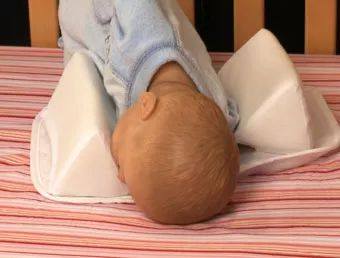
It is really not easy to bring up a baby safely and healthily.
As long as the baby is safe, sleeps soundly and does not sleep on the pillow, it really doesn’t matter.
